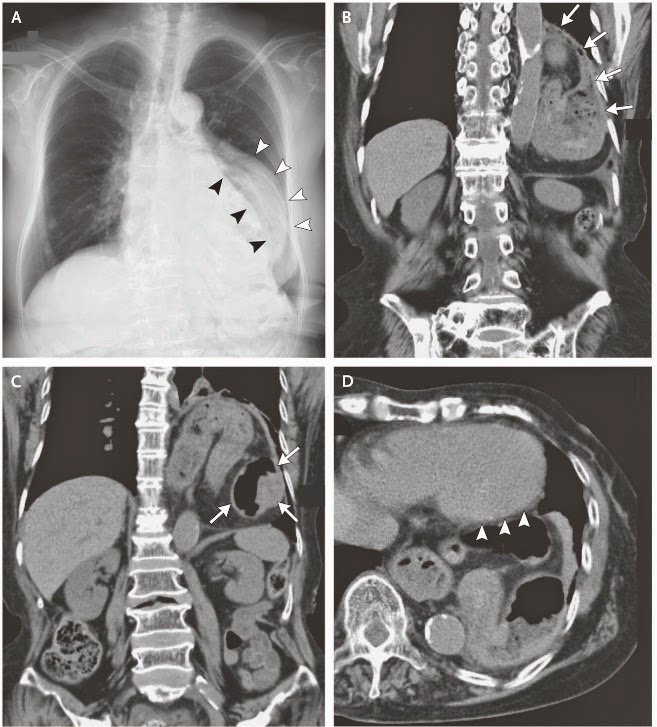Stroke prevention in patients with nonvalvular atrial fibrillation (NVAF) has been the focus of substantial clinical investigation related to the increasing frequency of this arrhythmia with the aging population, the well-documented relationship between increasing age and increased stroke, and the particularly major morbidity/mortality from cardioembolic stroke The widespread application of anticoagulant therapy, initially with warfarin, which has been proven superior to aspirin for stroke prevention . Multiple problems with warfarin, however, have been identified, including bleeding, contraindications to its application, patient compliance, and the need for routine monitoring .Thus, it is estimated that anticoagulation is not currently used in up to 50% of eligible AF patients, which led to the development of new oral anticoagulants (NOACs), whose efficacy have been established in randomized clinical trials. Traditional treatment strategies have relied on chronic anticoagulation, either with warfarin or the newer anticoagulant agents,Anticoagulants like warfarin are typically the desired approach, but patients carry substantial risk of internal bleeding, either spontaneously or with minor trauma. . Growing information regarding the central role of left atrial appendage (LAA) thrombus has led to mechanical approaches for stroke prevention in this setting.
In the PROTECT AF (Watchman Left Atrial Appendage Closure Technology for Embolic Protection in
Patients With Atrial Fibrillation) trial that evaluated patients with nonvalvular atrial fibrillation (NVAF), left atrial appendage (LAA) occlusion was noninferior to warfarin for stroke prevention, but a periprocedural safety hazard was identified.
The most recent PREVAIL trial stated , LAA occlusion was noninferior to warfarin for ischemic stroke prevention or SE >7 days’ post-procedure. Although noninferiority was not achieved for overall efficacy, event rates were low and numerically comparable in both arms. Procedural safety has significantly improved. This trial provides additional data that LAA occlusion is a reasonable alternative to warfarin therapy for stroke prevention in patients with NVAF who do not have an absolute contraindication to short-term warfarin therapy.
Patients With Atrial Fibrillation) trial that evaluated patients with nonvalvular atrial fibrillation (NVAF), left atrial appendage (LAA) occlusion was noninferior to warfarin for stroke prevention, but a periprocedural safety hazard was identified.
The most recent PREVAIL trial stated , LAA occlusion was noninferior to warfarin for ischemic stroke prevention or SE >7 days’ post-procedure. Although noninferiority was not achieved for overall efficacy, event rates were low and numerically comparable in both arms. Procedural safety has significantly improved. This trial provides additional data that LAA occlusion is a reasonable alternative to warfarin therapy for stroke prevention in patients with NVAF who do not have an absolute contraindication to short-term warfarin therapy.















